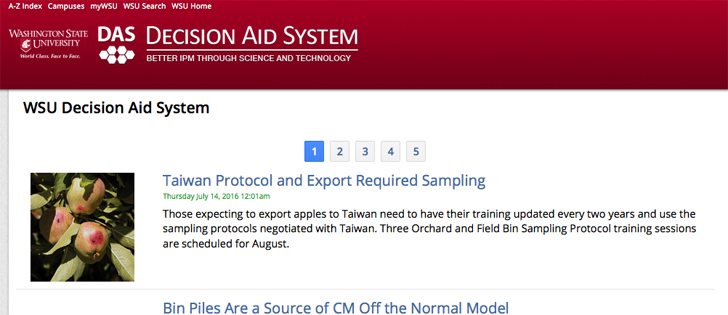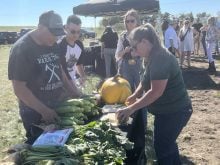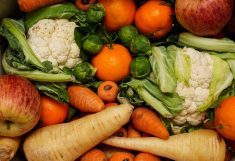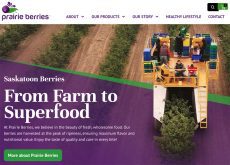SUMMERLAND, B.C. — Okanagan tree fruit growers have been handed a new tool to help them better adjust to potential climate change effects.
Growers in the Okanagan Valley will be able to access a pest management decision-making database, originally developed at Washington State University and adapted for conditions north of the border.
Melissa Tesche, acting general manager for the Okanagan-Kootenay Sterile Insect Release Program, said pest management issues were the second most important concern identified by growers and other stakeholders in workshops held as part of the Okanagan Regional Adaptation Strategy.
Read Also

Petition launched over grazing lease controversy
Battle continues between the need for generation of tax revenue from irrigation and the preservation of native grasslands in southern Alberta rural municipality.
“It came out at the first meeting that water was the first concern in the Okanagan and pest management was second,” said Tesche.
She said they recognized the Washington program has proven effective in about 10 years of use, so they thought it made sense to adapt it rather than re-inventing the wheel.
The Decision Aid System is a web-based platform that offers growers instant access to critical time sensitive information on where pests are, where they are likely to be in the near future and advice on what to do about it.
“(If) you have fire blight in an orchard, you have 24 hours to get that treatment on,” said Tesche, citing one example of when pest control timing is critical.
The system works by linking real time weather with local weather stations and forecasting. It then ties that information into data on known insect pests in the area and predicts when the pests will emerge.
She said growers log in and see where the pests are and where they are predicted to be during the next 24 or 48 hours or as far out as a week, which gives growers time to get out in front of potential problems.
The system then offers management recommendations and control options.
Tesche said the system has organic options and a pesticide database with additional information, such as pesticide residue regulations and guidelines required for particular markets.
The $90,000 in funding announced at Agriculture Canada’s Summerland Research Centre Sept. 28 allows growers in the Okanagan to access the program and included a three-year commitment for future funding.
The Okanagan Regional Adaptation Strategy was one of six regional districts that carried out workshops under the B.C. Agriculture and Food Climate Action Initiative. The $90,000 was part of $300,000 to be invested in the Okanagan through Growing Forward 2 agricultural programs, which are cost-shared by the federal and provincial governments.
The Climate Action Initiative is designed to help B.C. agriculture adapt to the predicted effects of climate change.
Tesche said growers can no longer count on traditional times to apply their pest controls because of the weather shifts that valley growers have recently experienced.
“But so much seems to be coming early now, and if you applied May long and the moths are already out, you’re too late,” she said.
“There is no regular year now.”















